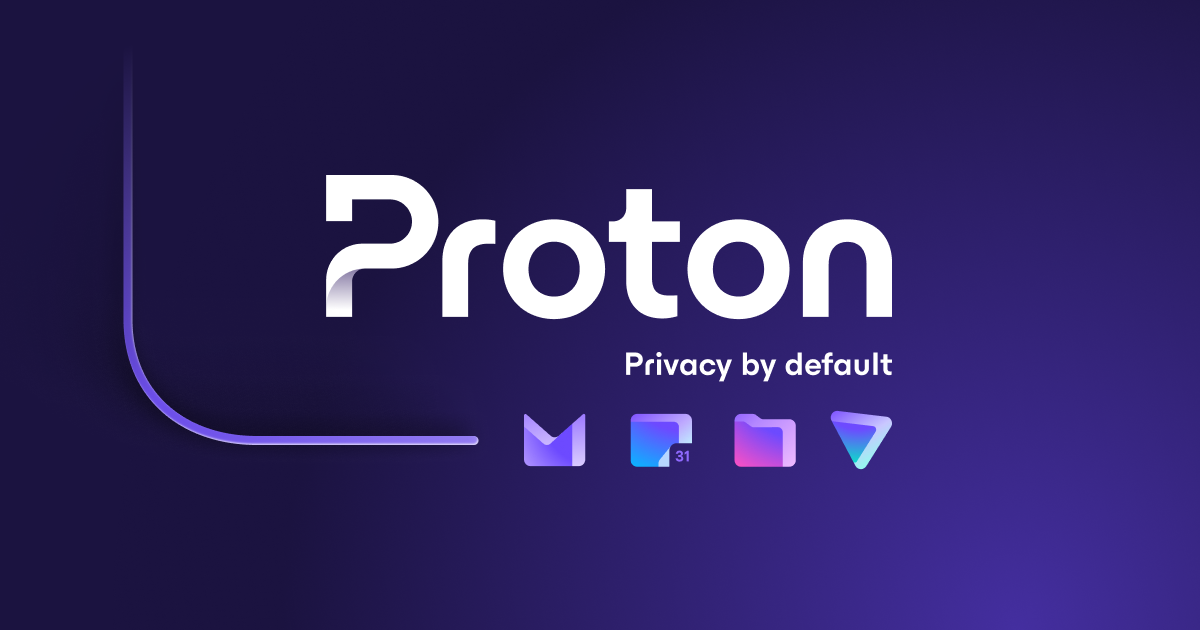Oh yes, I’m not saying don’t season your water. Just that seasoning the water on its own is not a way to prevent pasta sticking.
- 3 Posts
- 99 Comments
Yep, I really like how he applies the scientific method to cooking. Some of my favourites are how he’s found the perfect way to boil an egg, cook steaks and roasts (dry brine, reverse sear), and make chocolate chip cookies (he made over 1500 cookies testing how changing each variable changed the final cookie).
It’s not salting your water, nor the water volume to pasta ratio, nor if the water is boiling or not, nor oil in the water, but stirring early in the cooking process that will prevent sticking.
From the great Kenji Lopez-Alt:
Pasta is made up of flour, water, and sometimes eggs. Essentially, it’s composed of starch and protein, and not much else. Now starch molecules come aggregated into large granules that resemble little water balloons. As they get heated in a moist environment, they absorb more and more water until they finally burst, releasing the starch molecules into the water. That’s why pasta always seems to stick together at the beginning of cooking—it’s the starch molecules coming out and acting as a sort of glue, binding the pieces to each other, and to the pot.
…
The problem is that first stage of cooking—the one in which starch molecules first burst and release their starch. With such a high concentration of starch right on the surface of the pasta, sticking is inevitable. However, once the starch gets rinsed away in the water, the problem is completely gone.
So the key is to stir the pasta a few times during the critical first minute or two. After that, whether the pasta is swimming in a hot tub of water or just barely covered as it is here, absolutely no sticking occurs. I was able to clean this pot with a simple rinse.

 3·28 days ago
3·28 days agoThe asterism gives me big Splinter Cell vibes and I’m definitely OK with that.

 91·1 month ago
91·1 month agoI heard a podcast with the author of this book and the conclusion was similar. He recommends no smartphone before 16. Dumb phones for simple communication can be whenever.
I haven’t read the book yet, but the podcast discussion was fairly informative. I think it was Hidden Brain’s Escaping the Matrix episode.

 3·1 month ago
3·1 month agoHmm, I’ve found it quite noticeable. Perhaps turn an FPS counter on and see what it’s actually running at. If you have a game showing on both screens, it’ll likely limit the fps to suit the lowest display hz.

 71·1 month ago
71·1 month agoIf the two are beside eachother, you’ll definitely see the difference.

 4·1 month ago
4·1 month agoThat looks nice, yeah prickly with purple flowers is Canada thistle and you don’t want that.

 1·1 month ago
1·1 month agoAre the purple flowering weeds really prickly?
Yeah I usually just follow the “try another instance” links until one works.
I’ve noticed Invidious instances having trouble recently as well. I’m sure they’re not dead though, just need to get the next mouse for the endless cat and mouse game.

 1·2 months ago
1·2 months agoDid he just sue himself?
Bicycles can’t or vehicles can’t? There’s a vast difference in weight and I imagine most wouldn’t even notice.

 7·2 months ago
7·2 months agoAlso terrified of the same with my 9 month old, but you’re right, my Ioniq also gives a reminder to check the back when the driver door is opened if the rear doors had opened prior to the drive. I hope I won’t need it but it is nice to have.
Unfortunately there isn’t really an all-in-one guide. TechnoTim has info on the Pi-hole config side and wildcard certificates, but I think he uses it with traefik.
NPM is pretty straightforward. If you find a site isn’t working, try turning on Web Socket support.
I’d say just search for guides on each part individually:
- Get all the services installed and up and running
- Get SSL certificates from Cloudflare for your domain.
- Set up NPM for the services you want to reverse proxy with your Cloudflare SSL certs (they wont work until the next step is done)
- Set up pi-hole to be your local DNS (there’s also adblock lists to add) and configure it to send all service(.lan).mydomain.com to the ip of NPM.
- Set up the Cloudflare tunnel.
I can try to help if you run into any issues.

 7·2 months ago
7·2 months agoDon’t big macs come in boxes?

 8·2 months ago
8·2 months agoSounds to me like more of a reason why we should.

 4·2 months ago
4·2 months agoOn what grounds? Surely no one with a regular job would sign a contract prohibiting them from discussing the details of their employment.

 5·2 months ago
5·2 months agoWhy would we be sued? It’s definitely not illegal here in Canada to discuss your employment details.





I would like to see a minority of the house representation of elected people from individual regions with term limits, with a majority of the house being regular people randomly selected to serve for a defined amount of time.